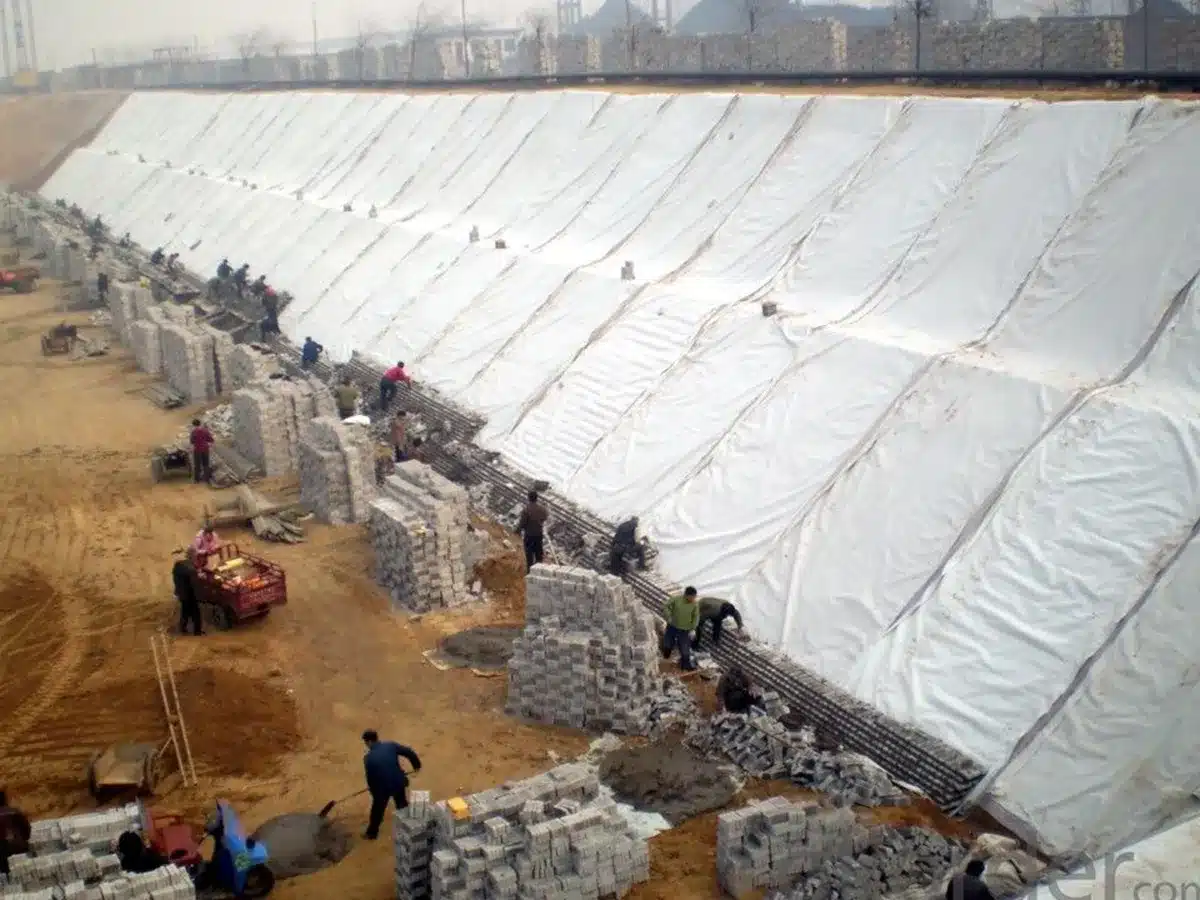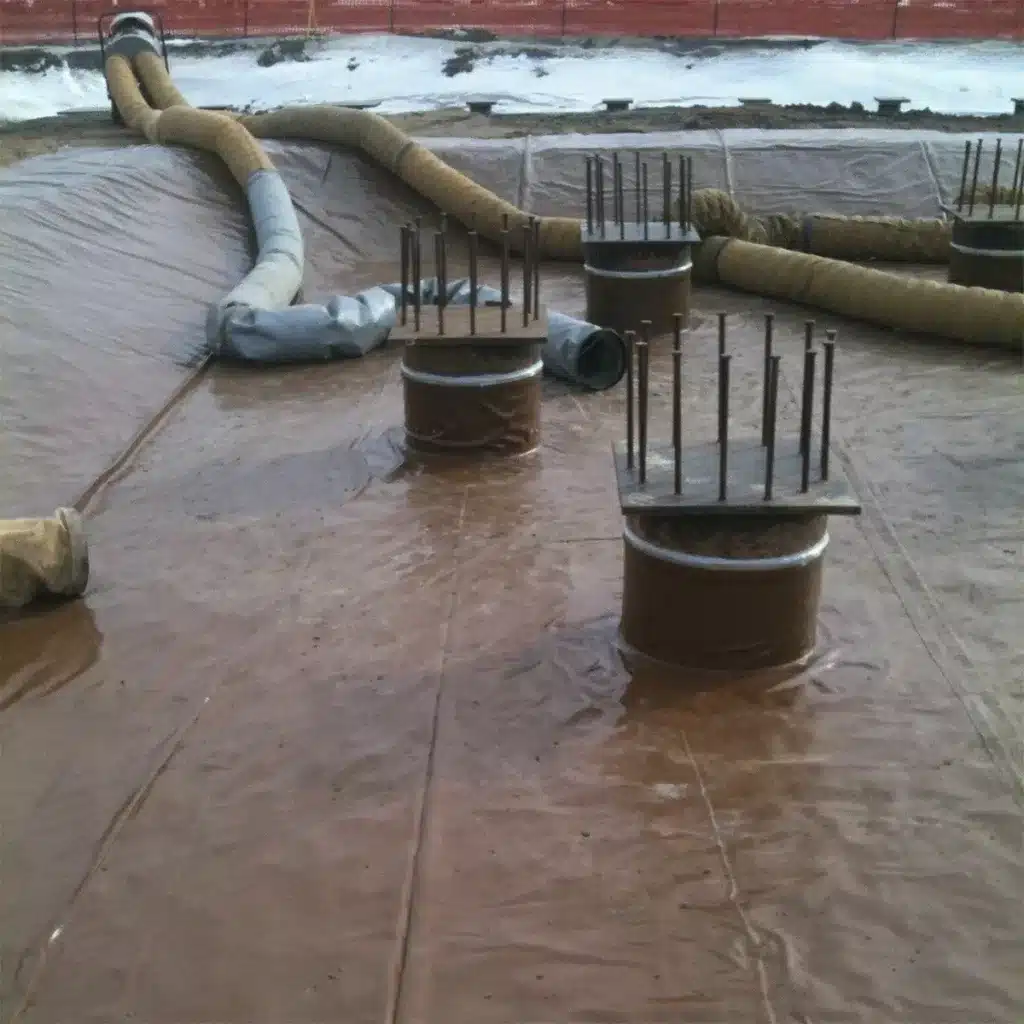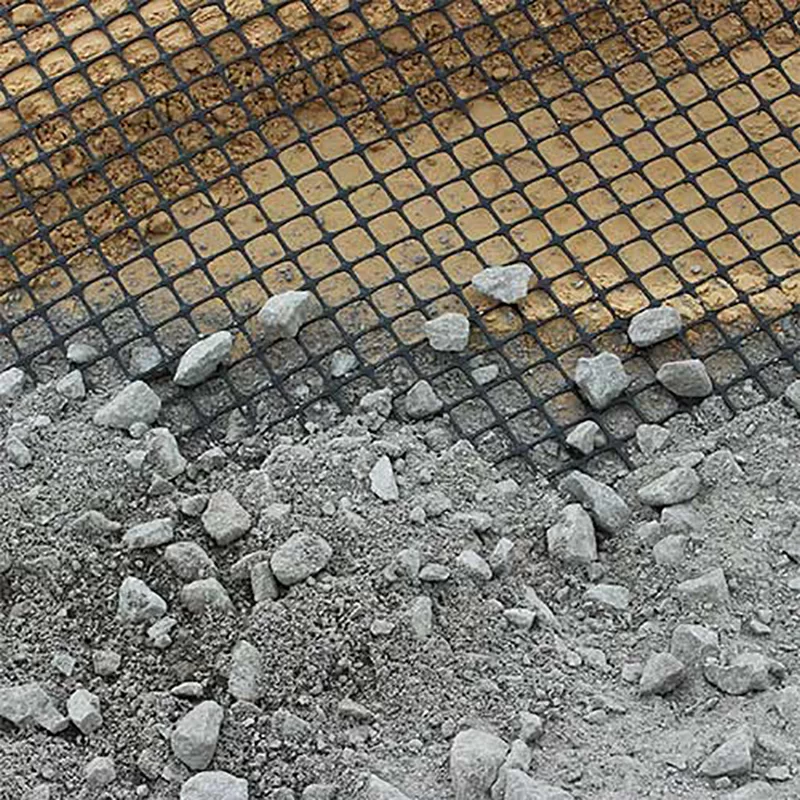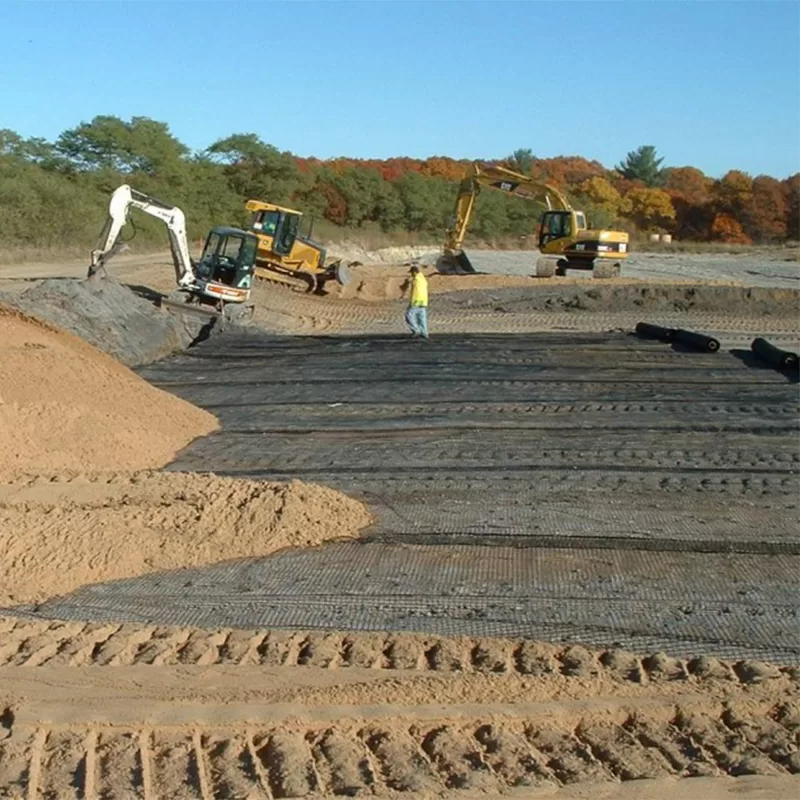+86-159 9860 6917
info@geofantex.com
geofantex@gmail.com
+86-400-8266163-44899
Geosynthetic clay liners (GCLs) are crucial materials in modern environmental engineering, specifically in waste containment and water resource management. These liners are a type of geosynthetic material that combines a layer of natural clay with geotextiles or geomembranes, forming a highly effective barrier against liquids and gases. GCLs are increasingly used in landfills, ponds, and other containment systems, offering a sustainable and efficient alternative to traditional compacted clay liners.
What is a Geosynthetic Clay Liner Used For?
Geosynthetic clay liners are primarily used for environmental protection in various containment systems. Their main applications include lining landfills to prevent leachate from contaminating groundwater, sealing ponds and reservoirs to prevent water loss, and acting as barriers in artificial lake water features, underground garages, and roof gardens. GCLs are also used in mining operations and chemical storage yards to prevent the escape of hazardous materials. Additionally, they are effective in pools, oil depots, and tunnels, where creating impermeable barriers is crucial. The versatility and effectiveness of GCLs make them a preferred choice in situations where environmental safety is a priority.

What is the Difference Between Geomembrane and Geosynthetic Clay Liners?
The key difference between geomembranes and geosynthetic clay liners lies in their composition and function. Geomembranes, which can have a smoother or textured surface, are synthetic sheets made primarily from polymers like polyethylene, designed to create an impermeable barrier. In contrast, geosynthetic clay liners consist of a layer of natural sodium bentonite clay sandwiched between or bonded to geotextiles or geomembranes. While geomembranes provide a solid physical barrier, GCLs enhance this barrier with the self-sealing properties of bentonite clay, which swells when wet, filling in any potential gaps or cracks. This makes GCLs particularly effective in ensuring long-term containment integrity.
What is the Function of the Clay Liner?
The primary function of the clay liner in a geosynthetic clay liner is to create a low-permeability barrier that prevents the passage of liquids and gases. When hydrated, the bentonite clay within the GCL swells and forms a dense layer that effectively seals off the contained area. This swelling ability allows the clay liner to self-heal, closing off any minor punctures or imperfections that might occur during installation or over time. This characteristic is critical in applications like landfill liners, to limit seepage from tailings impoundments, and to cover solid waste disposal landfills, where the integrity of the barrier is essential to prevent environmental contamination.
What are Geosynthetic Clay Liners Made With?
The primary function of the clay liner in a geosynthetic clay liner, typically composed of two geotextiles that are needle-punched together, encapsulating a layer of sodium bentonite clay between them, is to create a low-permeability barrier that prevents the passage of liquids and gases. When hydrated, the bentonite clay within the GCL swells and forms a dense layer that effectively seals off the contained area. This swelling ability allows the clay liner to self-heal, closing off any minor punctures or imperfections that might occur during installation or over time. This characteristic is critical in applications like landfill liners, to limit seepage from tailings impoundments, and to cover solid waste disposal landfills, where the integrity of the barrier is essential to prevent environmental contamination.
Geosynthetic clay liners are an innovative solution for creating impermeable barriers in environmental containment applications. They are essential in protecting groundwater from contamination, sealing ponds, and serving as barriers in various construction projects. GCLs combine the natural sealing properties of bentonite clay with the strength of geotextiles or geomembranes, offering a reliable and sustainable alternative to traditional clay liners. Understanding the composition, function, and applications of GCLs is crucial for anyone involved in environmental protection and waste management.



Get Free Sample
We’ll respond as soon as possible(within 12 hours)






















